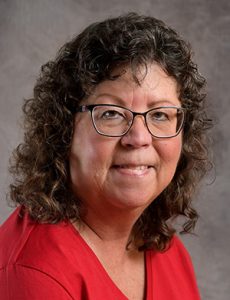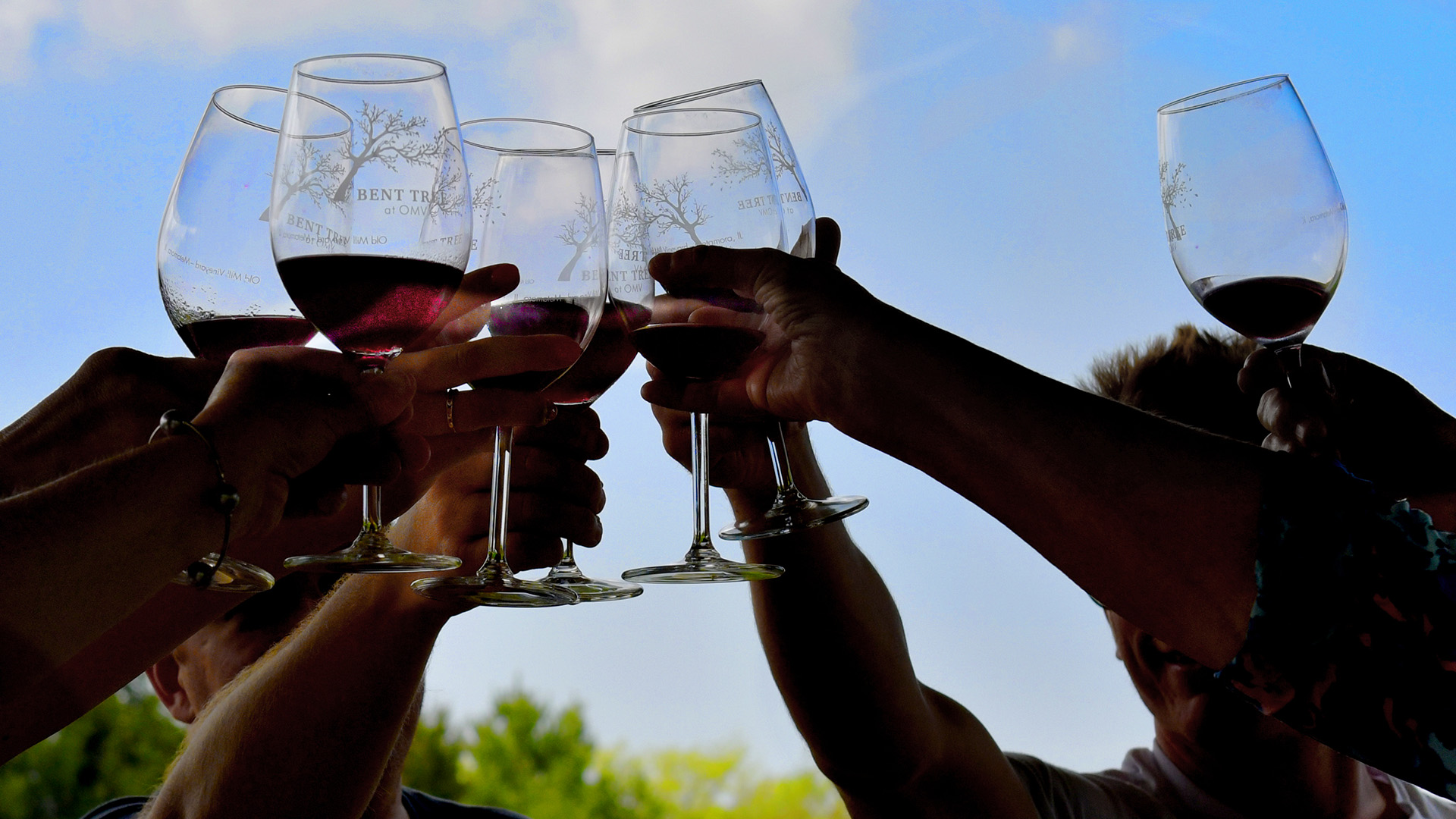Grape vines have replaced corn and soybeans in parts of central Illinois, and wine drinkers are tipsy over the prospect
Imagine spending a lazy weekend, traveling scenic central Illinois tasting wines made from grapes grown in the rich soil best known for giving life to corn and soybeans.
Illinois actually has a rich winemaking history that dates back nearly 335 years. The state was one of the largest wine producers in the United States prior to Prohibition.
In fact, the first record of winemaking in Illinois, according to the Illinois Grape Growers and Vinters Association (IGGVA), was in 1691 just north of what is now Downtown Peoria. Frenchmen Henry de Tonti and Francois Daupin de la Forest built Fort St. Louis du Pimiteoui in the area, and records show that the village surrounding the fort contained a winepress.
Today, Illinois is home to about 165 wineries and tasting rooms, which are clustered along eight wine trails.
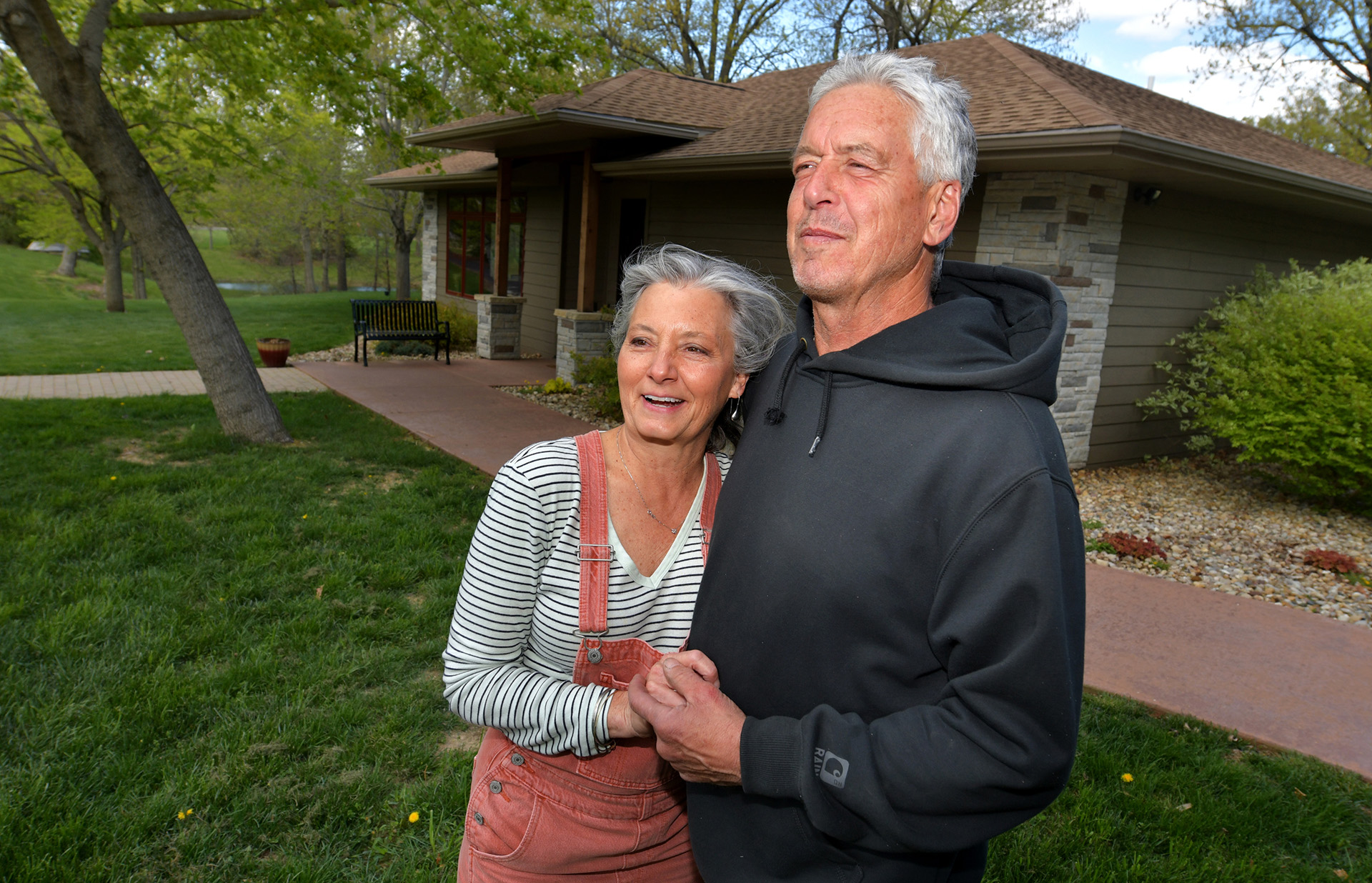
Teaming up, attracting tourists
New in 2023 is the Heart of Illinois Wine Trail that includes nine wineries and tasting rooms in Washington, Metamora, Canton, Knoxville, two in Lewistown, Mackinaw, Oakford and Petersburg.
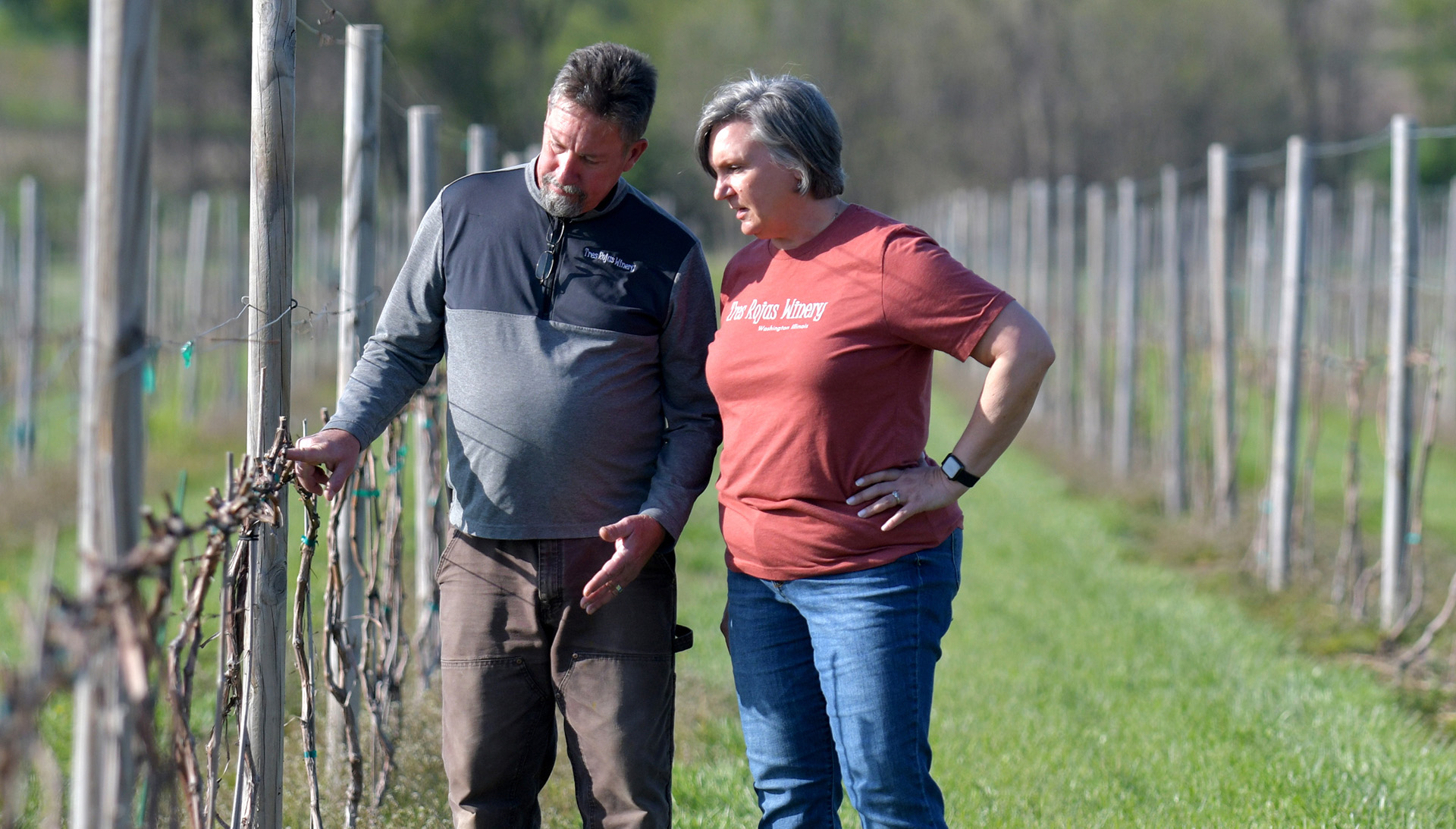
Lisa Barry, who owns and operates Tres Rojas Winery in Washington with her husband, head vigneron and winemaker, Bob, said the Heart of Illinois Wine Trail sprung from an idea to collaborate on a marketing effort.
“Several of us are pretty new, having opened in the last several years,” Lisa said. “We saw this as an opportunity to bring tourists to not just our vineyards but our communities. We focused on this heart-shaped-like circle area so that you could visit all the wineries over the course of a summer.”
Donna Grohsmeyer, who owns and operates Old Mill Vineyard-Bent Tree Tasting Room in Metamora with her husband, Kurt, the vineyard master and winemaker, said IGGVA has done a lot for the wine business in Illinois.
“People who are avid wine lovers know where to go to get great wine,” Donna said. “What this collaboration on the Heart of Illinois Wine Trail does for people locally is to show the connectivity to all of us and give the wine industry more exposure.”
The other vineyards include, Mackinaw Valley Vineyard & Winery in Mackinaw, Hidden Hills Winery & Vineyard in Knoxville, Spoon River Junction Winery in Canton, Native Trails Winery and Big Horse Vineyard in Lewistown, Hill Prairie Winery in Oakford and West of Wise Winery in Petersburg.
Too cold for grape comfort?
Producing grapes in the Midwest begs the question: “Isn’t Illinois too cold to grow grapes for wine?”
In fact, growers do face many challenges in maintaining quality and productivity such as early spring freezes, excessive spring rains, fungal disease and summer drought.
Six grape varietals cover more than 75% of the state’s total grape acreage, according to IGGVA. Five of these grapes — Chambourcin, Seyval, Vignoles, Chardonel and Vidal Blanc — are hybrids created by crossing French grapes, such as the Chardonnay often grown in France and California, with native American vines.
This cross-pollination results in grapes that produce excellent wine but are less susceptible to the effects of extreme cold. The sixth varietal is Norton, which originates from native American vines.
Easy as uno, dos, tres
The Barrys of Tres Rojas, like many, got into the wine business because they love wine. They spent vacations visiting wineries along the way. It was during a trip to Galena in February 2015 that they seriously discussed a second career as vineyard owners and winemakers.
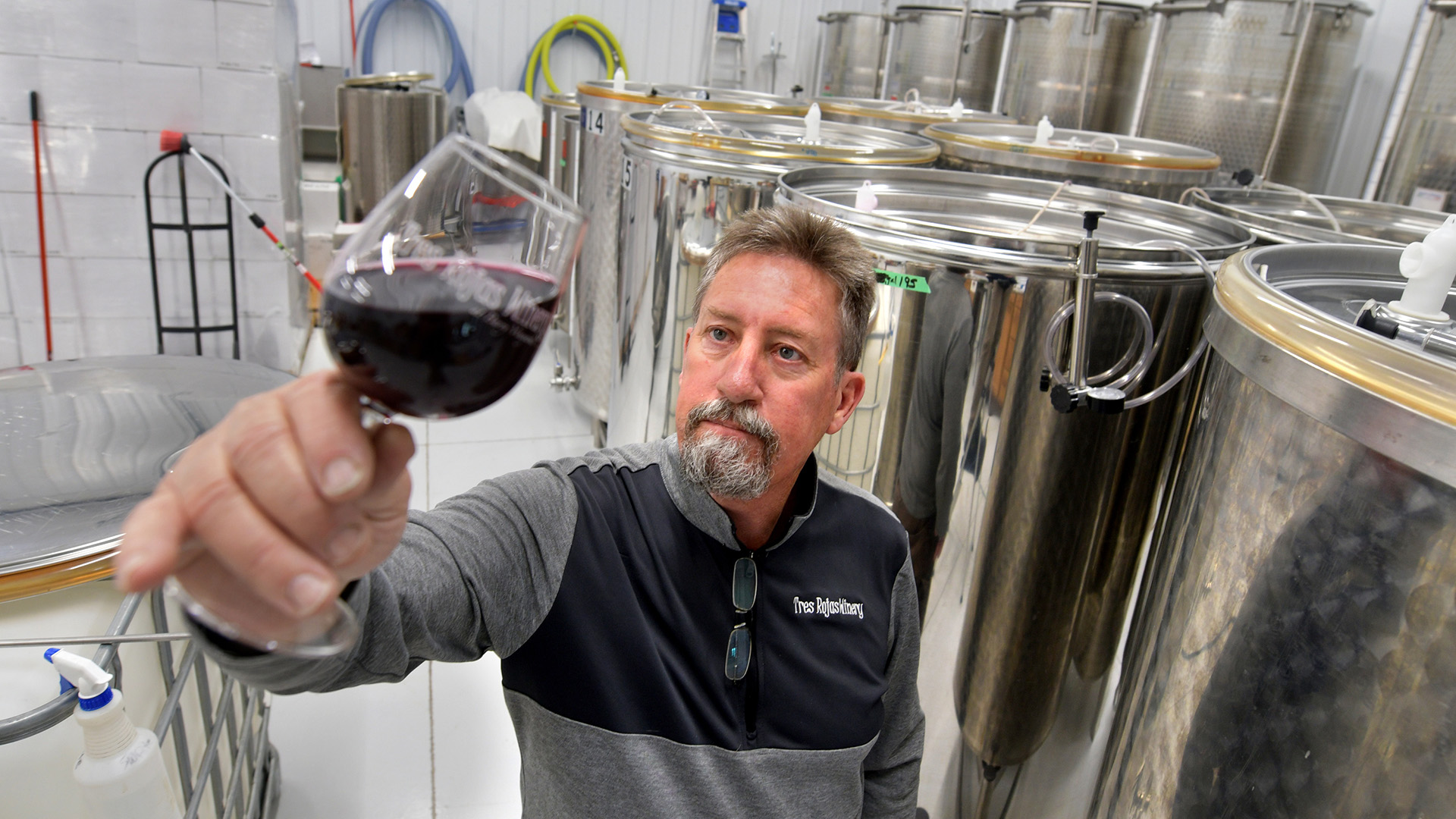
Bob, retired after a career as a wildlife biologist and federal land manager, picked up a couple of at-home winemaking kits and made the couple’s three original reds — Pinot Noir, Malbec and Sangiovese.
“And they were really good,” Lisa said.
But Bob needed third-party validation, so he entered them into the state’s amateur competition in 2015 and received two gold and six silver medals.
“That was pretty validating,” Bob said.
The couple was buying fruit from Roth’s in Morton when they were given an opportunity to work a former Roth vineyard in Pekin. With the help of volunteers, the couple cleared the overgrown vineyard and by the fall of 2016, was re-grafting vines for the following season.
Originally, they considered calling the winery “Three Reds” after Bob’s first award-winning effort. They opted for the Spanish translation, “Tres Rojas,” as a nod to Bob’s career spent mostly near the southern U.S. border.
Still relying on purchased juices and fruits, their winemaking continued in a small production facility in Morton. Soon, they had their first harvest and knew they were hooked.
They began looking for larger acreage for a vineyard and tasting room. Those efforts in Peoria, East Peoria and Mackinaw were met with zoning hurdles, unrealistic infrastructure demands and protests from neighbors.
In spring 2019, Bob received a call from Washington City Hall and learned that there were a couple of city-owned properties available. Frustrated from their earlier experiences, he almost didn’t return the call. Instead, he did his research, testing the soil at both locations. At a 50-acre location on Cruger Road, the soil tested great for grape growing.
The land sale closed in July 2019 and the Barrys went to work. In May 2020, with the help of 60 volunteers over a weekend, they put in 4,000 vines on about 7.5 acres. In December 2020, the Tres Rojas tasting room opened. Despite the pandemic, the support was overwhelming.
Their first grape harvest of about six tons came in 2022. Estimates for 2023 go as high as 20 tons, depending on the impact April’s frost had on budding vines.
Today, Tres Rojas grows 11 varieties, including some of the traditional Midwest grapes like Vignoles and Seyval, and offers 21 labels. They also buy fruit and juices to make some of their wines.
Bob has continued to develop new recipes and has found the sweet spot during fermentation for when a wine is classified as “dry.”
And, they keep winning recognition. In 2018, the Barrys won the top award in the commercial competition at the Illinois State Fair for their strawberry wine. The Traminette took gold and their Leon Millot and Seyval Blanc won silver medals. Last year, they received a double gold medal for their Rose’, which is designated as the state wine.
“We’re just getting started here, really,” Bob said. “There’s not a day I don’t love working in the vineyard.”
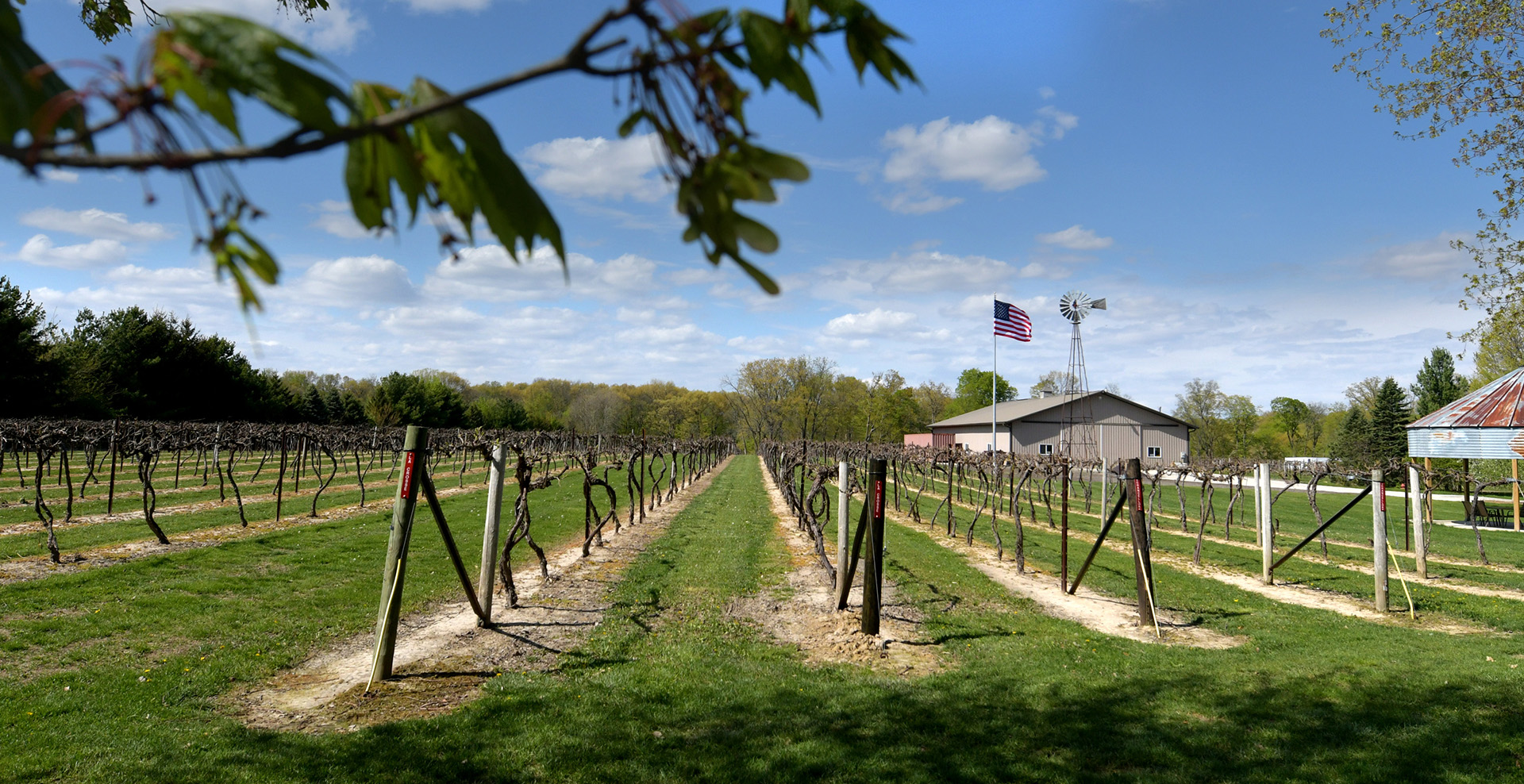
A bit o’ bourbon in that barrel
Kurt Grohsmeyer worked more than 30 years growing sod and trees for Greenview Nurseries. He and Donna purchased homestead farmland off Coon Creek Road outside Metamora in 1990.
After Kurt retired, the couple discussed what to do with the land. After ruling out Christmas and fruit trees, Kurt suggested grapes.
He found the hardy Midwest varieties liked the clay ground. In 2005, they planted 400 vines and that was the start of Old Mill Vineyard (OMV). Growing grapes turned into learning to make wine, if for nothing else but to supply Donna and her friends with a flow of vino.
Kurt started making wine using a container known as a carboy, and it was good, Donna said. They eventually acquired an old barrel used to age bourbon, making them the only unofficial manufacturer in the state to make bourbon-barreled wine, proclaimed Donna.
The vineyard now produces about 40 tons of the fruit annually. Initially, the priority was growing grapes for other wineries to purchase. For many years, the couple sold all their grapes to the now defunct Kickapoo Winery.
Then in 2014, they successfully launched their own wine. Today, they grow 10 varieties of cold climate American and French hybrid grapes on about 10 acres. They sell about 50% of their grapes to other wineries and keep 50% to produce their 14 dry and off-dry whites and reds, semi-sweet and sweet varieties. Two new labels will be introduced this year.
Kurt isn’t into awards, but Donna secretly entered their Broken Barrel, the red that’s made using the bourbon-barreling method, into a competition where it won bronze.
Their tasting room, Bent Tree at OMV, opened in October 2016 when Donna retired early after 37 years in information technology at Illinois Mutual.
The setting, with a pond to gaze upon, is serene and off the beaten path. Just how the couple likes it.
“Some people have called it a hidden gem,” Donna said.
A visit to an Illinois winery puts you on the same ground from which the product was produced.
“Wine is not just the California and European markets and it’s not just about going to the liquor store,” Donna said. “The Heart of Illinois Wine Trail ties us all together and is an opportunity for people to have an experience and see and learn about how we grow grapes and make wine.”
